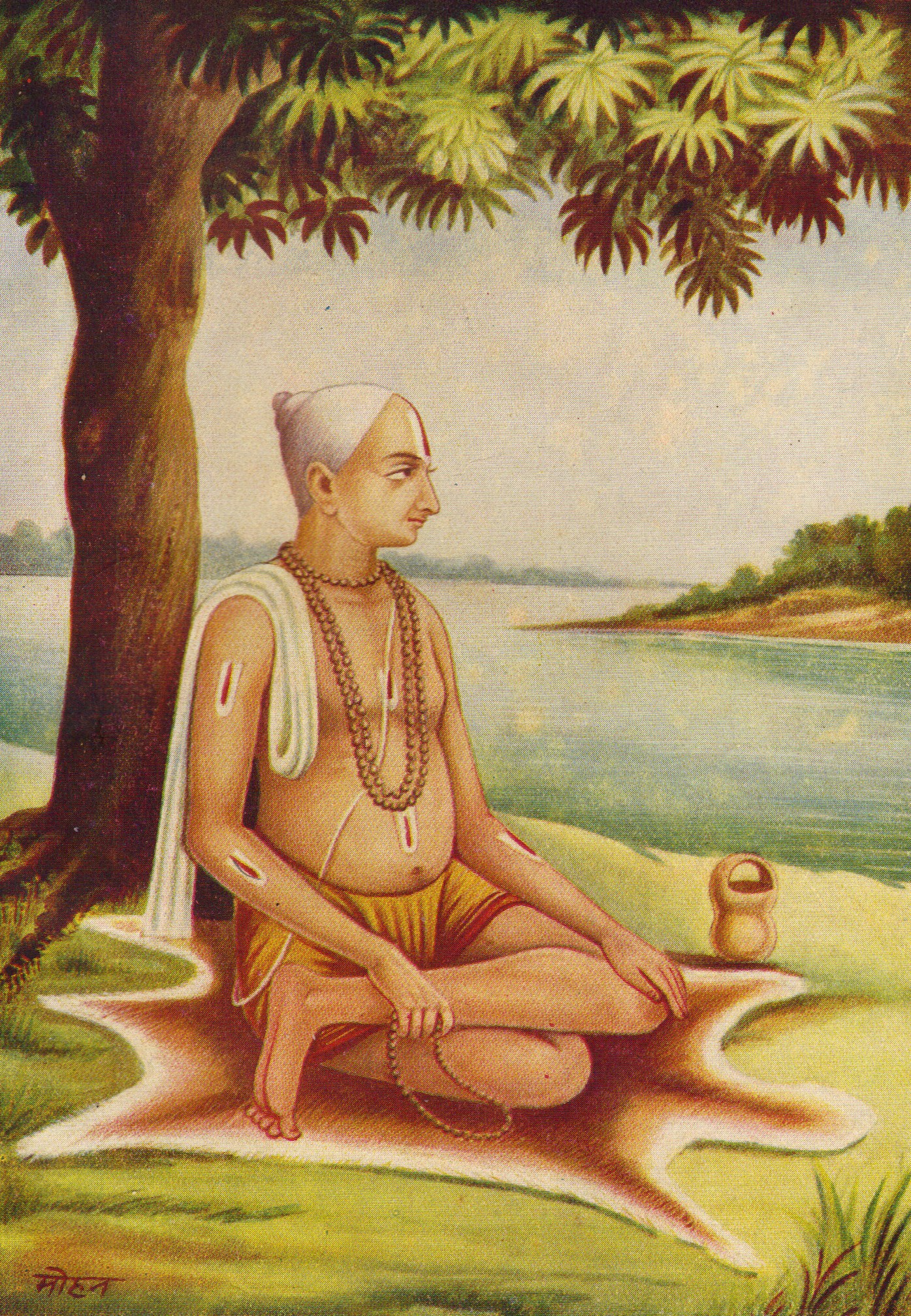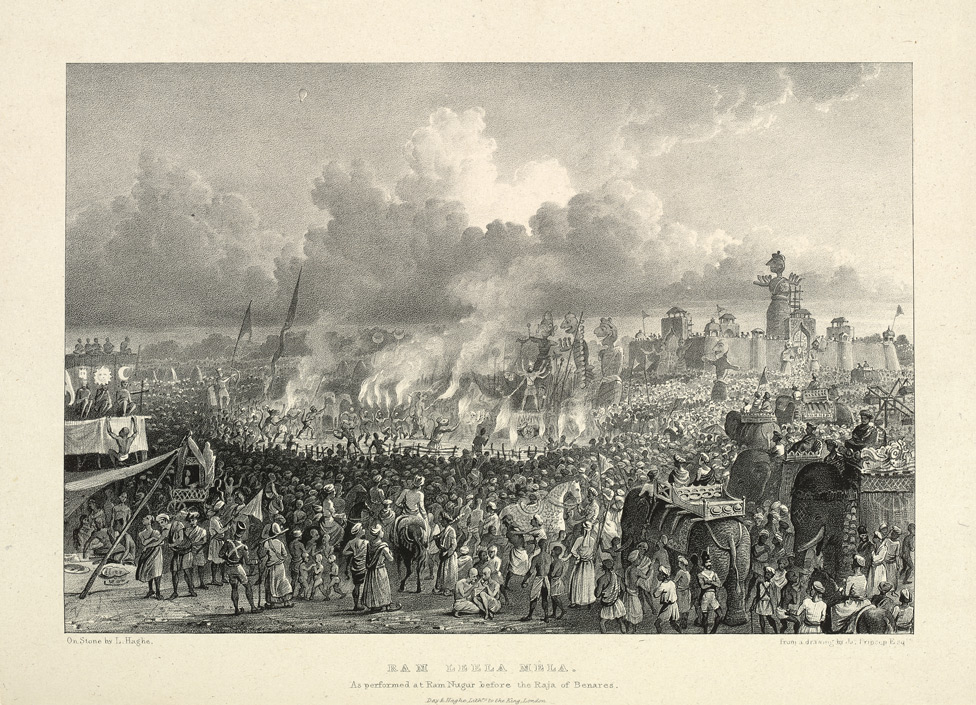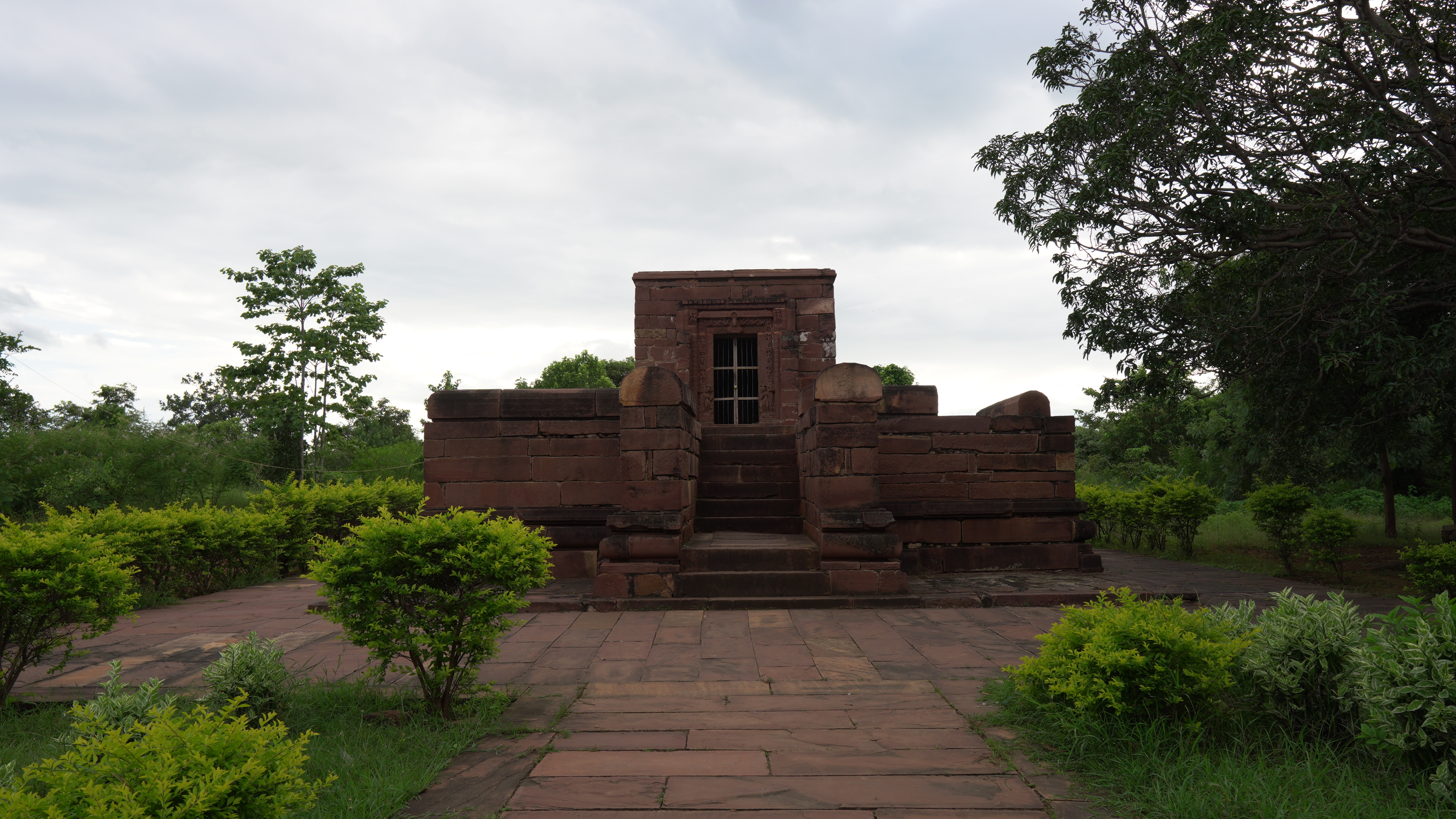|
Ramlila
Ramlila or Ramleela (; literally 'Rama's lila or play') is any dramatic folk re-enactment of the life of Rama according to the ancient Hindu epic ''Ramayana'' or secondary literature based on it such as the '' Ramcharitmanas''. It particularly refers to the thousands of the Hindu god Rama-related dramatic plays and dance events, that are staged during the annual autumn festival of Navaratri in India. After the enactment of the legendary war between good and evil, the Ramlila celebrations climax in the Vijayadashami (Dussehra) night festivities where the giant grotesque effigies of evil such as of the rakshasa (demon) Ravana are burnt, typically with fireworks.Ramlila, the traditional performance of the Ramayana UNESCO [...More Info...] [...Related Items...] OR: [Wikipedia] [Google] [Baidu] |
Ramlila Maidan
Ramlila Maidan is a large ground located in New Delhi, India, traditionally used for staging the annual Ramlila. It is used for religious festivals, major political rallies and meetings, and entertainment events. It is located near New Delhi Railway Station and Delhi Gate (Delhi), Delhi Gate. History The Ramlila Maidan was originally a large pond before 1930. It was filled up in the early 1930s so that annual Ramlila, held in October, could be shifted here from the ''reti'' (sandy) floodplains of Yamuna River behind the Red Fort, where Hindu soldiers of the Mughal Empire, Mughal army first started staging the Ramila in the 1800s. Geographically the ground falls between the Old Delhi and the New Delhi. The historic Turkman Gate of the Old city stands nearby, and the ground stretches between Aruna Asaf Ali Marg and Chowringhee Road, Jawaharlal Nehru Road. It quickly became a popular site for political meetings, with Mahatma Gandhi, Jawaharlal Nehru, Sardar Patel and other top nat ... [...More Info...] [...Related Items...] OR: [Wikipedia] [Google] [Baidu] |
Rama
Rama (; , , ) is a major deity in Hinduism. He is worshipped as the seventh and one of the most popular avatars of Vishnu. In Rama-centric Hindu traditions, he is considered the Supreme Being. Also considered as the ideal man (''maryāda'' ''puruṣottama''), Rama is the male protagonist of the Hindu epic '' Ramayana''. His birth is celebrated every year on Rama Navami, which falls on the ninth day of the bright half ( Shukla Paksha) of the lunar cycle of Chaitra (March–April), the first month in the Hindu calendar. According to the ''Ramayana'', Rama was born to Dasaratha and his first wife Kausalya in Ayodhya, the capital of the Kingdom of Kosala. His siblings included Lakshmana, Bharata, and Shatrughna. He married Sita. Born in a royal family, Rama's life is described in the Hindu texts as one challenged by unexpected changes, such as an exile into impoverished and difficult circumstances, and challenges of ethical questions and moral dilemmas. The most not ... [...More Info...] [...Related Items...] OR: [Wikipedia] [Google] [Baidu] |
Ramcharitmanas
''Ramcharitmanas'' ( deva, रामचरितमानस, rāmacaritamānasa), is an epic poem in the Awadhi language, composed by the 16th-century Indian bhakti poet Tulsidas (c. 1511–1623). It has many inspirations, the primary being the ''Ramayana'' of Valmiki. This work is also called, in popular parlance, ''Tulsi Ramayana'', ''Tulsikrit Ramayana'', ''Tulsidas Ramayana'' or simply '' Manas''. The word ''Ramcharitmanas'' literally means "Lake of the deeds of Rama". It is considered one of the greatest works of Hindu literature. The work has variously been acclaimed as "the living sum of Indian culture", "the tallest tree in the magic garden of medieval Indian poetry", "the greatest book of all devotional literature" and "the best and most trustworthy guide to the popular living faith of the Indian people".Lutgendorf 1991, p. 1. Tulsidas was a great scholar of Sanskrit, but due to limited accessibility of the language, he chose to write it in the vernacular, Awadhi, ... [...More Info...] [...Related Items...] OR: [Wikipedia] [Google] [Baidu] |
Dussehra
Vijayadashami (), more commonly known as Dassahra in Hindi, and also known as Dashāhra or Dashain in Bhojpuri, Maithili and Nepali, is a major Hindu festival celebrated every year at the end of Durga Puja and Navarahtri. It is observed on the tenth day of the month of Ashvin, the seventh in the Hindu lunisolar calendar. The festival typically falls in the Gregorian calendar months of September and October, more specifically between 27 September and 26 October. It is celebrated on the tenth day of the waxing moon (Shukla Paksha) of the Ashvayuja month. Vijayadashami is observed for different reasons and celebrated differently in various parts of India and Nepal. In the southern, eastern, northeastern, and some northern states of India, Vijayadashami marks the end of Durga Puja, commemorating goddess Durga's victory against Mahishasura to restore and protect ''dharma''. In the northern, central, and western states, it marks the end of Ramlila and commemorates the deity ... [...More Info...] [...Related Items...] OR: [Wikipedia] [Google] [Baidu] |
Ramayana
The ''Ramayana'' (; ), also known as ''Valmiki Ramayana'', as traditionally attributed to Valmiki, is a smriti text (also described as a Sanskrit literature, Sanskrit Indian epic poetry, epic) from ancient India, one of the two important epics of Hinduism known as the ''Itihasas'', the other being the ''Mahabharata''. The epic narrates the life of Rama, the seventh ''avatar'' of the Hindu deity Vishnu, who is a prince of Ayodhya (Ramayana), Ayodhya in the kingdom of Kosala. The epic follows Exile of Lord Rama, his fourteen-year exile to the forest urged by his father King Dasharatha, on the request of Rama's stepmother Kaikeyi; his travels across the forests in the Indian subcontinent with his wife Sita and brother Lakshmana; the kidnapping of Sita by Ravana, the king of Lanka, that resulted in bloodbath; and Rama's eventual return to Ayodhya (Ramayana), Ayodhya along with Sita to be crowned as a king amidst jubilation and celebration. Scholarly estimates for the earliest stage ... [...More Info...] [...Related Items...] OR: [Wikipedia] [Google] [Baidu] |
Navratri
Navaratri () is an annual Hindu festival observed in honor of the goddess Durga, an aspect of Adi Parashakti, the supreme goddess. It spans over nine nights, first in the month of Chaitra (March/April of the Gregorian calendar), and again in the month of Ashvin (September–October). It is observed for different reasons and celebrated differently in various parts of the Hindu Indian cultural sphere. Theoretically, there are four seasonal ''Navaratris''. However, in practice, it is the post-monsoon autumn festival called Sharada Navaratri. There are 2 Gupta Navaratris or "Secret Navaratris" as well, one starting on the Shukla Paksha Pratipada of the Magha Month (Magha Gupta Navaratri) and another starting in the Shukla Paksha Pratipada of Ashadha Month. Etymology and nomenclature The word ''Navarātram'' means "a period of nine nights" in Sanskrit, ''nava'' meaning "nine" and ''ratri'' meaning "night". Dates and celebrations In the eastern and northeastern states of ... [...More Info...] [...Related Items...] OR: [Wikipedia] [Google] [Baidu] |
Tulsidas
Rambola Dubey (; 11 August 1511 – 30 July 1623pp. 23–34.), popularly known as Goswami Tulsidas (), was a Vaishnavism, Vaishnava (Ramanandi Sampradaya, Ramanandi) Hinduism, Hindu saint and poet, renowned for his devotion to the deity Rama. He wrote several popular works in Sanskrit, Awadhi language, Awadhi, and Braj Bhasha, but is best known as the author of the ''Hanuman Chalisa'' and of the epic ''Ramcharitmanas'', a retelling of the Sanskrit ''Ramayana'', based on Rama's life, in the vernacular Awadhi language. Tulsidas spent most of his life in the cities of Banaras (modern Varanasi) and Ayodhya. The Tulsi Ghat on the Ganges in Varanasi is named after him. He founded the Sankat Mochan Hanuman Temple in Varanasi, believed to stand at the place where he had the sight of Hanuman, the deity. Tulsidas started the Ramlila plays, a folk-theatre adaptation of the ''Ramayana''.: ... this book ... is also a drama, because Goswami Tulasidasa started his ''Ram Lila'' on the basis of ... [...More Info...] [...Related Items...] OR: [Wikipedia] [Google] [Baidu] |
Lila (Hinduism)
Lila ( ') or leela () can be loosely translated as "divine play". The concept of lila asserts that creation, instead of being an objective for achieving any purpose, is rather an outcome of the playful nature of the divine. As the divine is perfect, it could have no want fulfilled, thereby signifying freedom, instead of necessity, behind the creation. The concept of lila is common to both non-dualist and dualist philosophical schools of Indian philosophy, but has a markedly different significance in each. Within non-dualism, lila is a way of describing all reality, including the cosmos, as the outcome of creative play by the divine absolute (Brahman). In Vaishnavism, lila refers to the activities of God and devotee, as well as the macrocosmic actions of the manifest universe. Translation There are multiple theories about the derivation of ''lila''. It may be derived from the Sanskrit root ''lal'', which suggests playfulness of children or someone delicate. According to Edwin B ... [...More Info...] [...Related Items...] OR: [Wikipedia] [Google] [Baidu] |
Satna
Satna is a city in the Indian States and territories of India, state of Madhya Pradesh. It serves as the headquarters of Satna district. It is 7th largest city and List of cities in Madhya Pradesh by population, 8th most populous city of the state. The city is 500 km east of the state capital Bhopal. The city is distributed over a land area of 111.9 square kilometres. Satna has been selected as one of the hundred Indian cities to be developed as a smart city under PM Narendra Modi's flagship Smart Cities Mission. History From antiquity to the mutiny of 1857 At nearby Bharhut are the remains of a 2nd-century BC Buddhist stupa, first discovered in 1873 by the archaeologist Alexander Cunningham; most of the finds from this site were sent to the Indian Museum. Some of them were also sent to The Metropolitan Museum of Art in New York.. The ''Mahabharata'' associates this site with rulers of the Haihaya, Kalchuri or Chedi clans. The chiefs of Rewa (princely state), Rewa ... [...More Info...] [...Related Items...] OR: [Wikipedia] [Google] [Baidu] |
Varanasi
Varanasi (, also Benares, Banaras ) or Kashi, is a city on the Ganges river in northern India that has a central place in the traditions of pilgrimage, death, and mourning in the Hindu world.* * * * The city has a syncretic tradition of Islamic artisanship that underpins its religious tourism.* * * * * Located in the middle-Ganges valley in the southeastern part of the state of Uttar Pradesh, Varanasi lies on the left bank of the river. It is to the southeast of India's capital New Delhi and to the southeast of the state capital, Lucknow. It lies downstream of Prayagraj, where the confluence with the Yamuna river is another major Hindu pilgrimage site. Varanasi is one of the world's oldest continually inhabited cities. Kashi, its ancient name, was associated with a kingdom of the same name of 2,500 years ago. The Lion capital of Ashoka at nearby Sarnath has been interpreted to be a commemoration of the Buddha's first sermon there in the fifth century BCE. In the ... [...More Info...] [...Related Items...] OR: [Wikipedia] [Google] [Baidu] |
UNESCO
The United Nations Educational, Scientific and Cultural Organization (UNESCO ) is a List of specialized agencies of the United Nations, specialized agency of the United Nations (UN) with the aim of promoting world peace and International security, security through international cooperation in education, arts, sciences and culture. It has 194 Member states of UNESCO, member states and 12 associate members, as well as partners in the Non-governmental organization, non-governmental, Intergovernmental organization, intergovernmental and private sector. Headquartered in Paris, France, UNESCO has 53 regional field offices and 199 National Commissions for UNESCO, national commissions. UNESCO was founded in 1945 as the successor to the League of Nations' International Committee on Intellectual Cooperation.English summary). UNESCO's founding mission, which was shaped by the events of World War II, is to advance peace, sustainable development and human rights by facilitating collaboratio ... [...More Info...] [...Related Items...] OR: [Wikipedia] [Google] [Baidu] |
Thailand
Thailand, officially the Kingdom of Thailand and historically known as Siam (the official name until 1939), is a country in Southeast Asia on the Mainland Southeast Asia, Indochinese Peninsula. With a population of almost 66 million, it spans . Thailand Template:Borders of Thailand, is bordered to the northwest by Myanmar, to the northeast and east by Laos, to the southeast by Cambodia, to the south by the Gulf of Thailand and Malaysia, and to the southwest by the Andaman Sea; it also shares maritime borders with Vietnam to the southeast and Indonesia and India to the southwest. Bangkok is the state capital and List of municipalities in Thailand#Largest cities by urban population, largest city. Tai peoples, Thai peoples migrated from southwestern China to mainland Southeast Asia from the 6th to 11th centuries. Greater India, Indianised kingdoms such as the Mon kingdoms, Mon, Khmer Empire, and Monarchies of Malaysia, Malay states ruled the region, competing with Thai states s ... [...More Info...] [...Related Items...] OR: [Wikipedia] [Google] [Baidu] |






